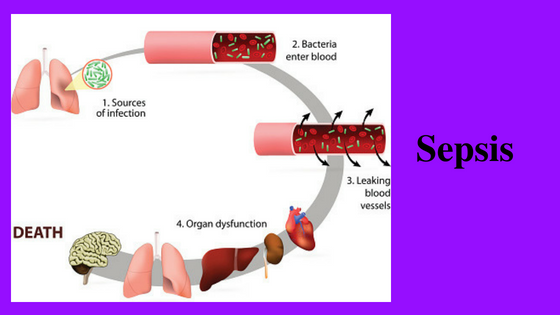
Diagnosis and Clinical manifestations of Stress Cardiomyopathy A sudden temporary weakening of the muscular portion of the heart leads to stress cardiomyopathy, which is one common type of non-ischemic cardiomyopathy . This weakening may be triggered by emotional stress, such as the death of a loved one. Stress cardiomyopathy leads to one of the common names, broken heart syndrome. Ventricular rupture, lethal ventricular arrhythmias, and acute heart failure are caused by Stress cardiomyopathy. Clinical Manifestations: The clinical presentation of stress cardiomyopathy is similar to that of an acute coronary syndrome. Symptoms and signs: acute chest pain, dyspnea, and syncope are the most common symptoms of stress cardiomyopathy. Other symptoms include heart failure, tachyarrhythmias, sudden cardiac arrest and bradyarrhythmias. Diagnosis: Stress cardiomyopathy most commonly seen in postmenopausal women who present with a suspected ac...


